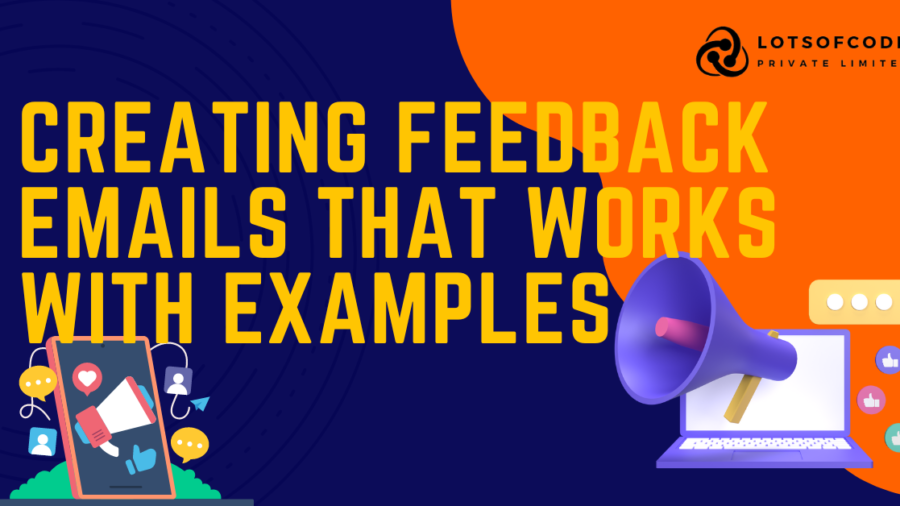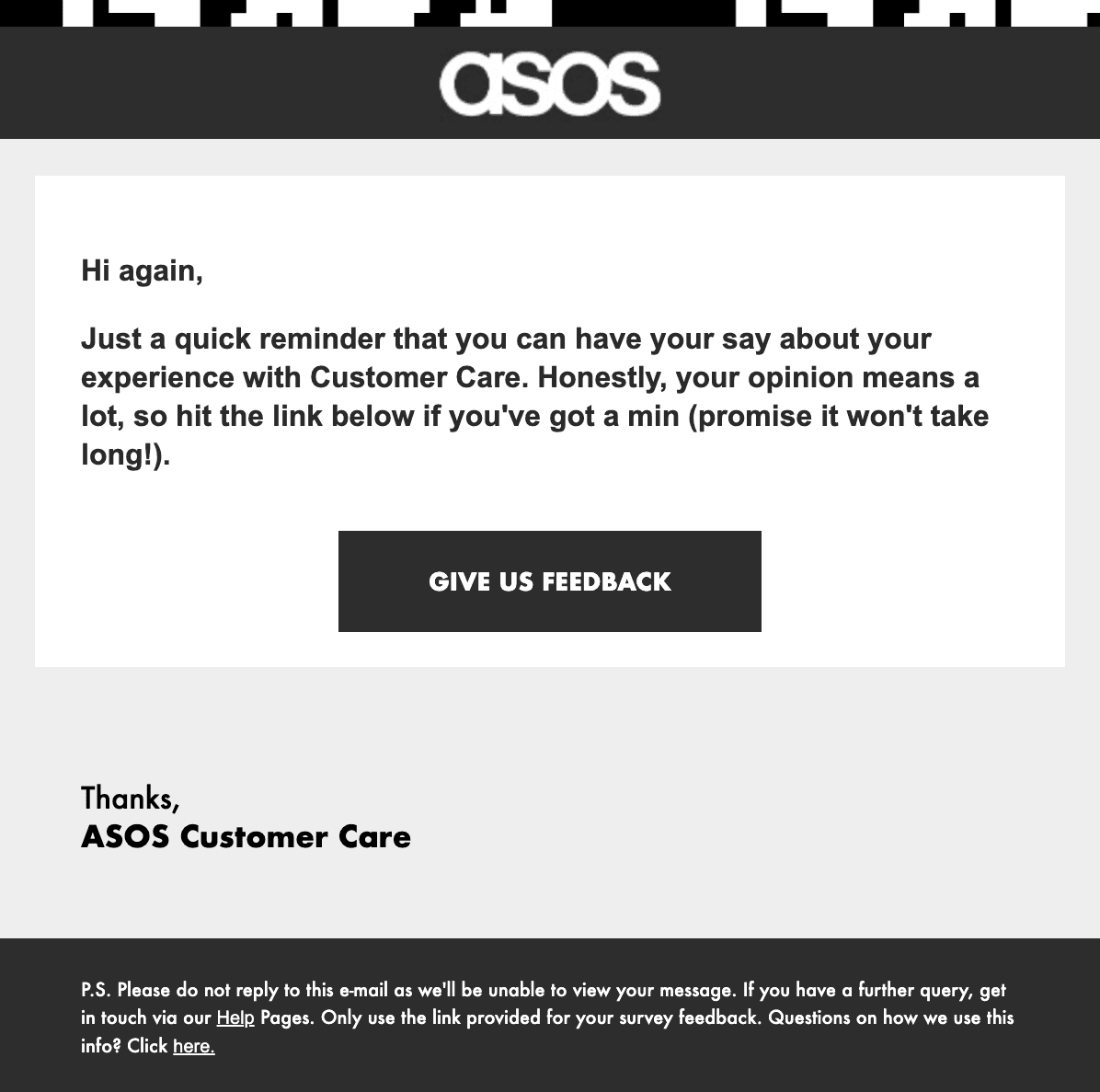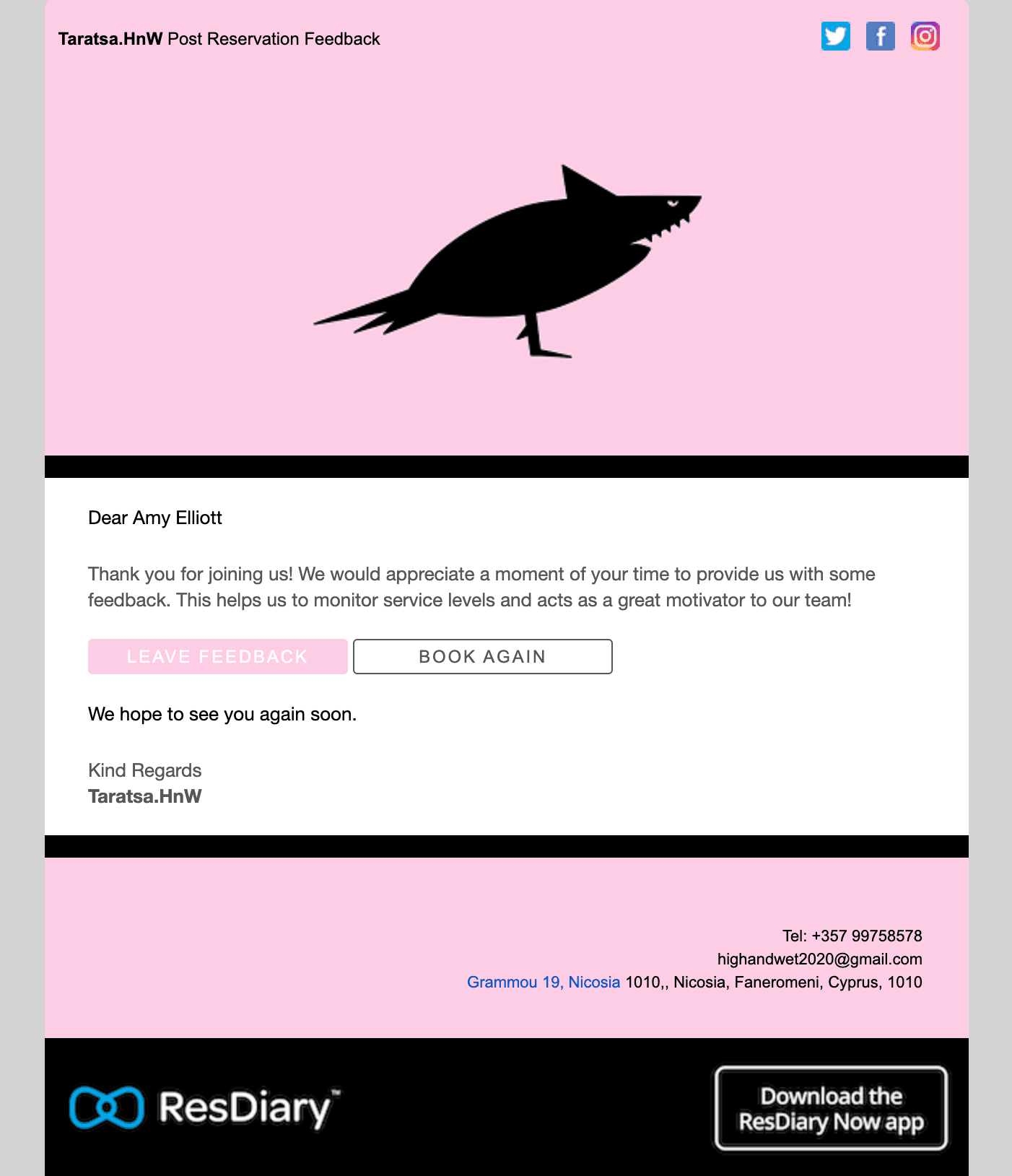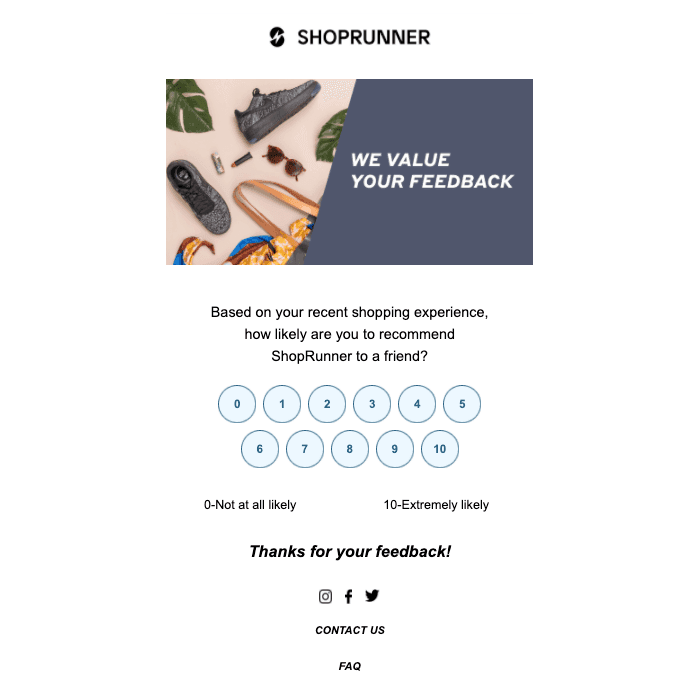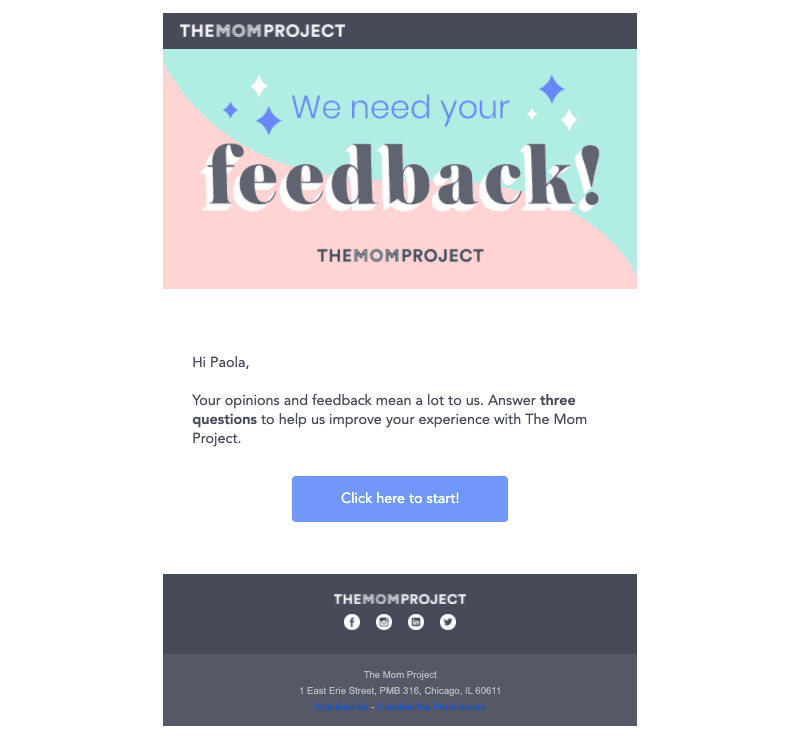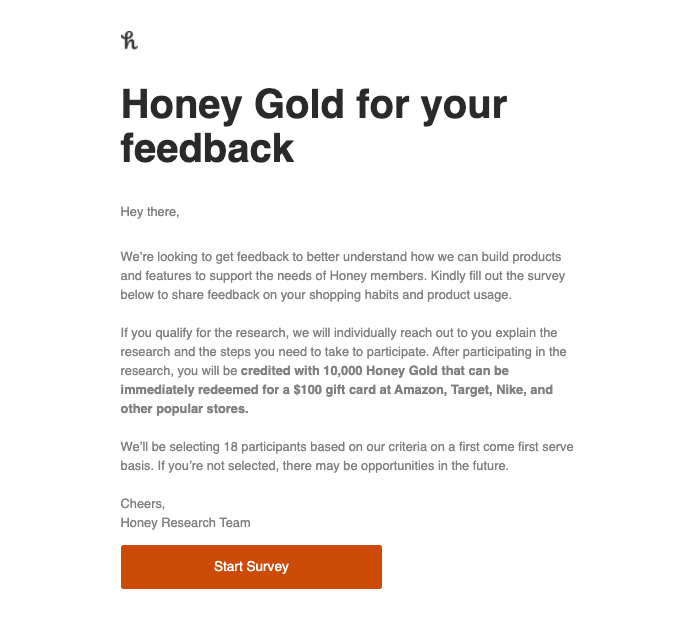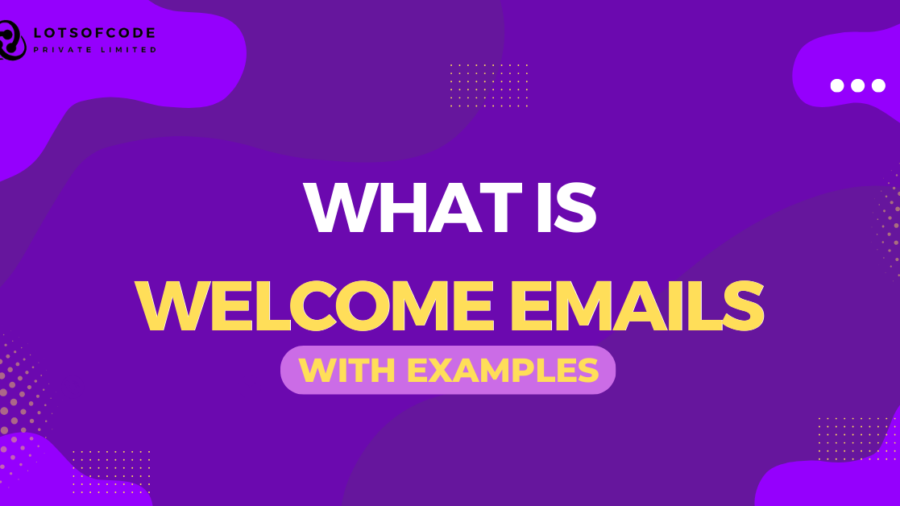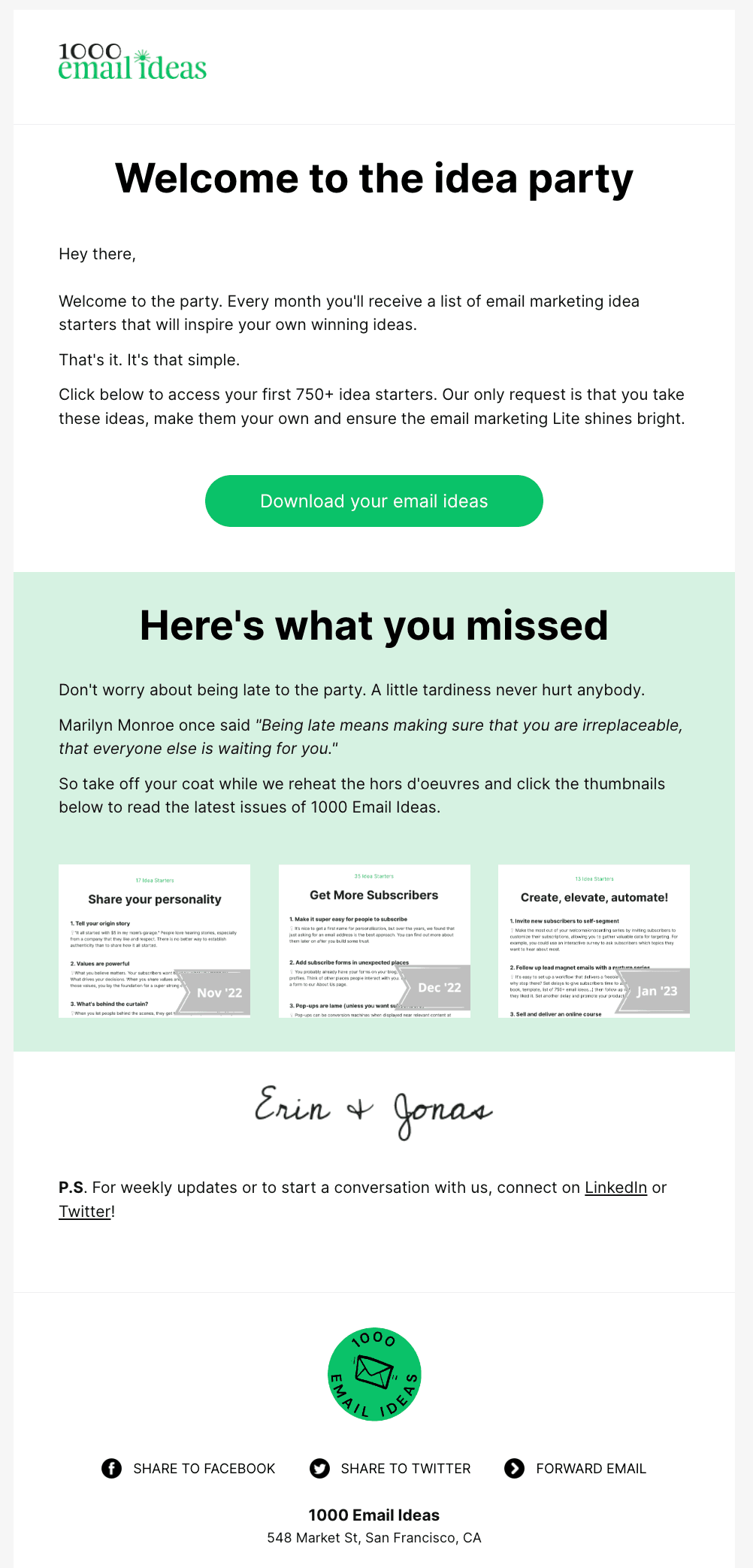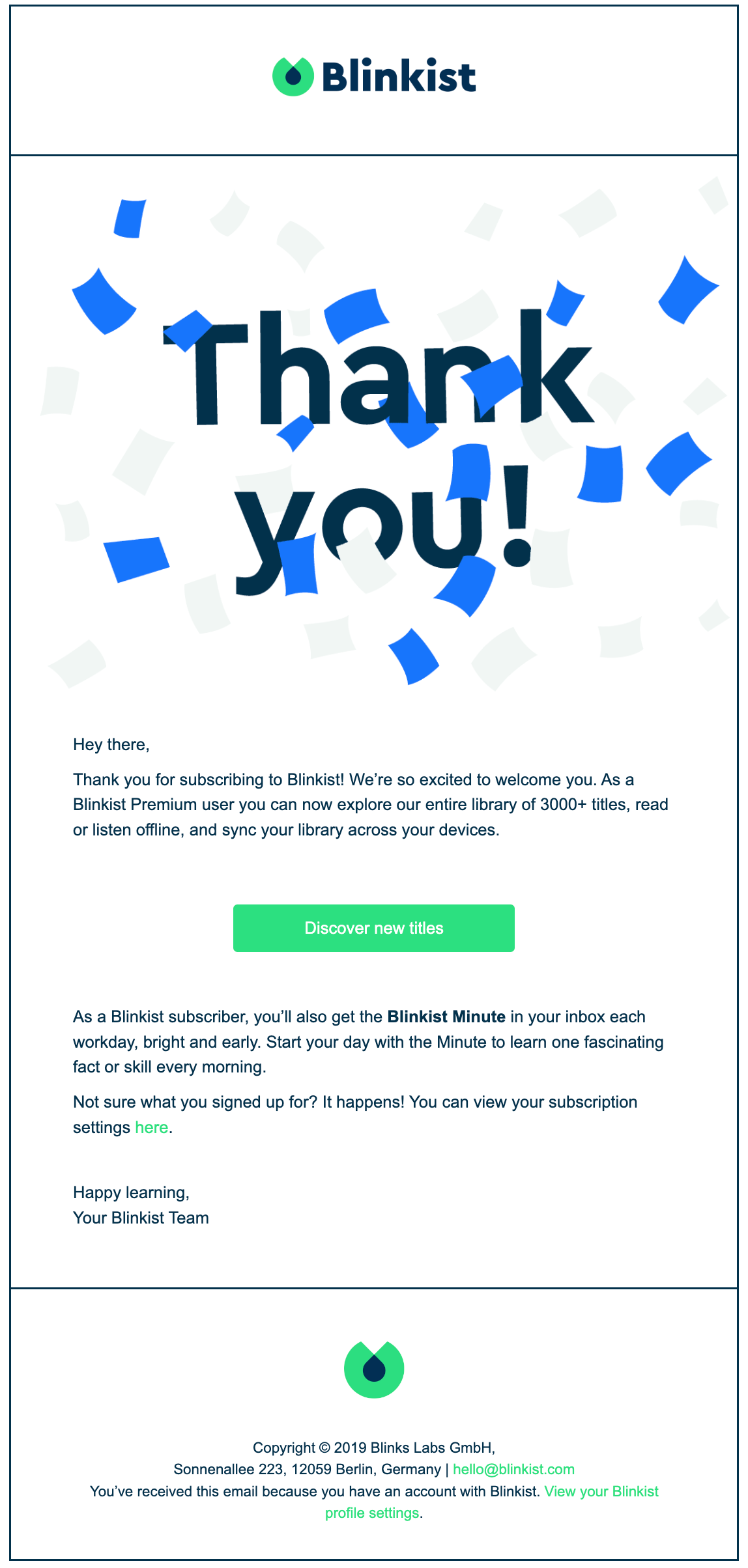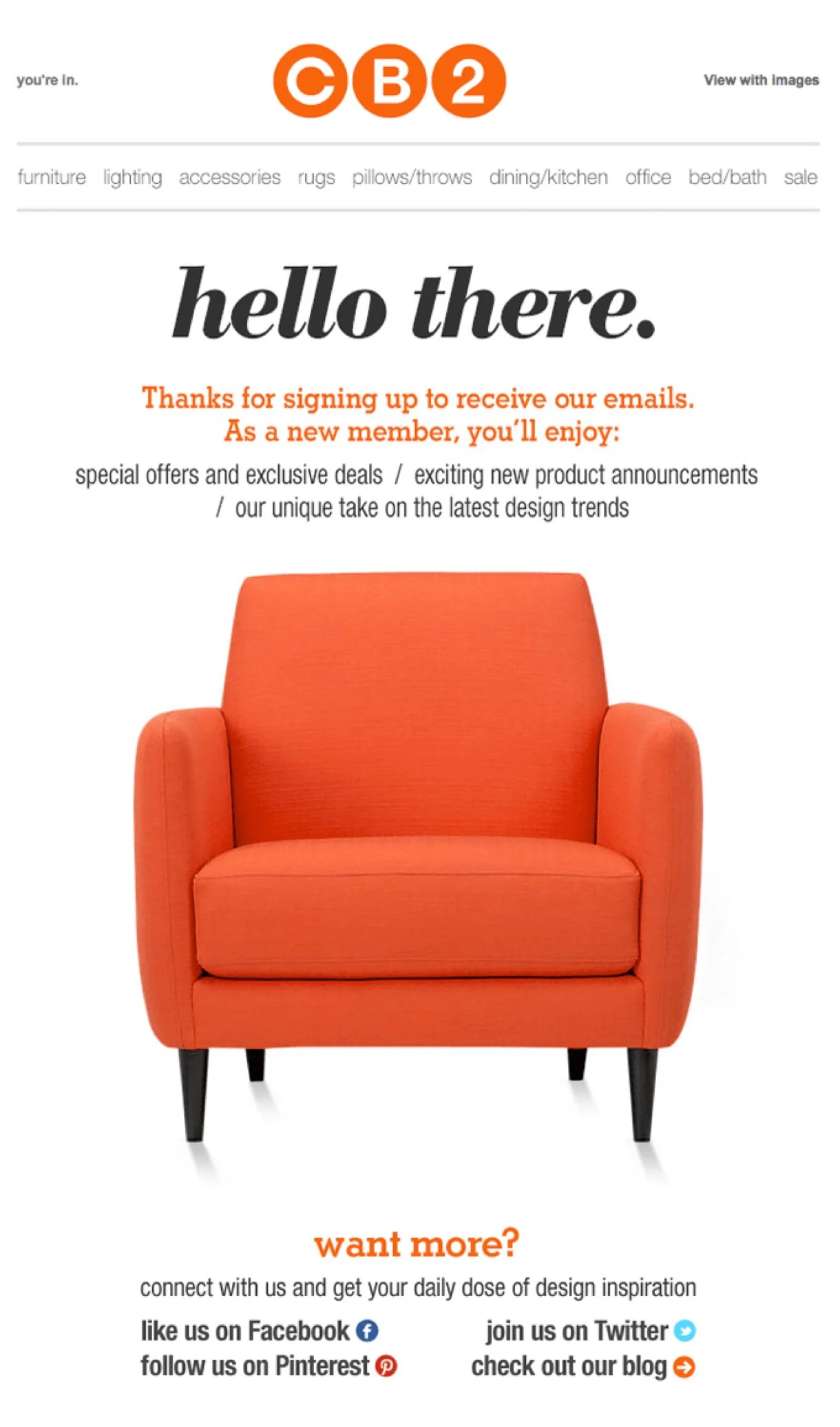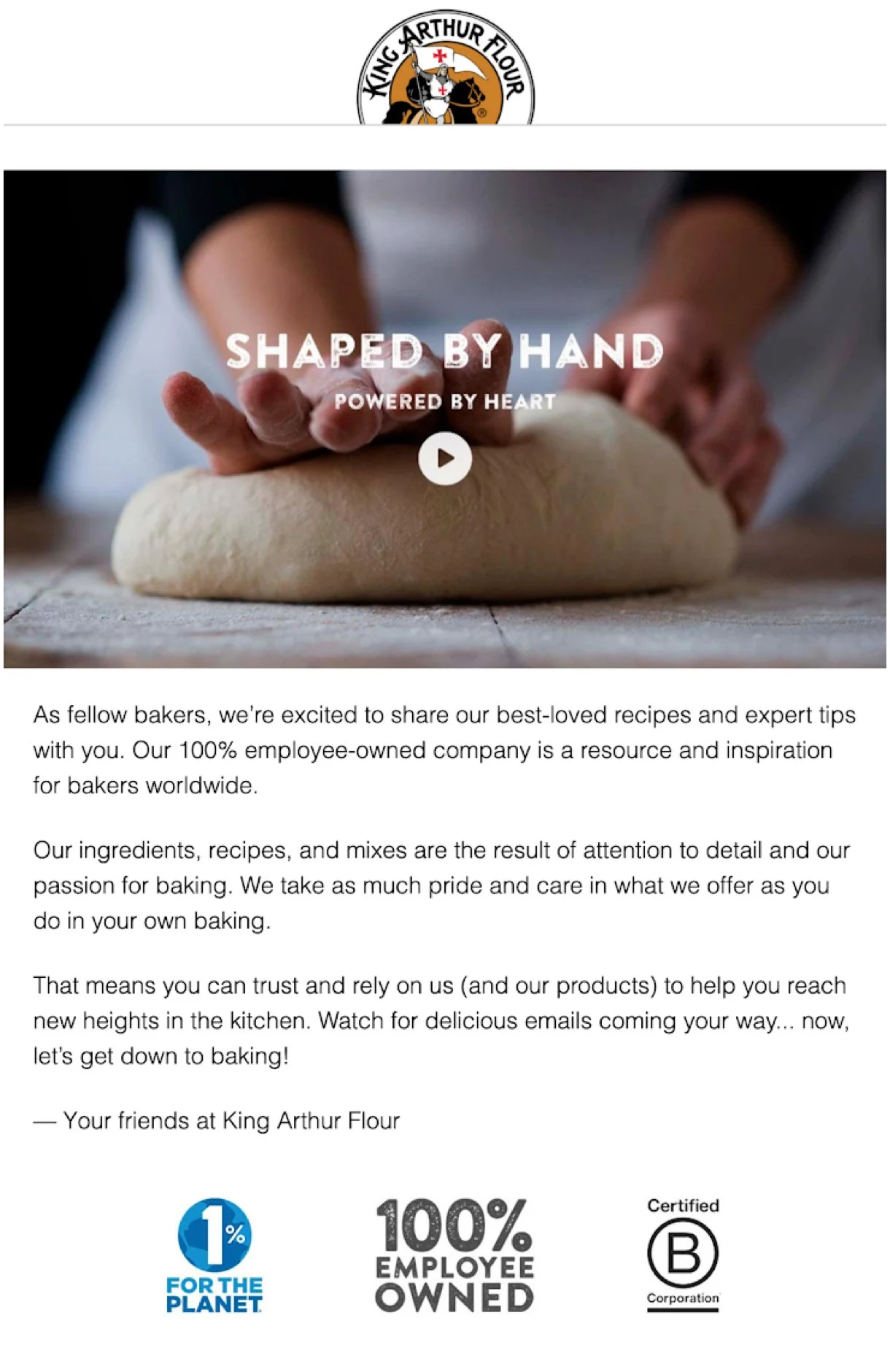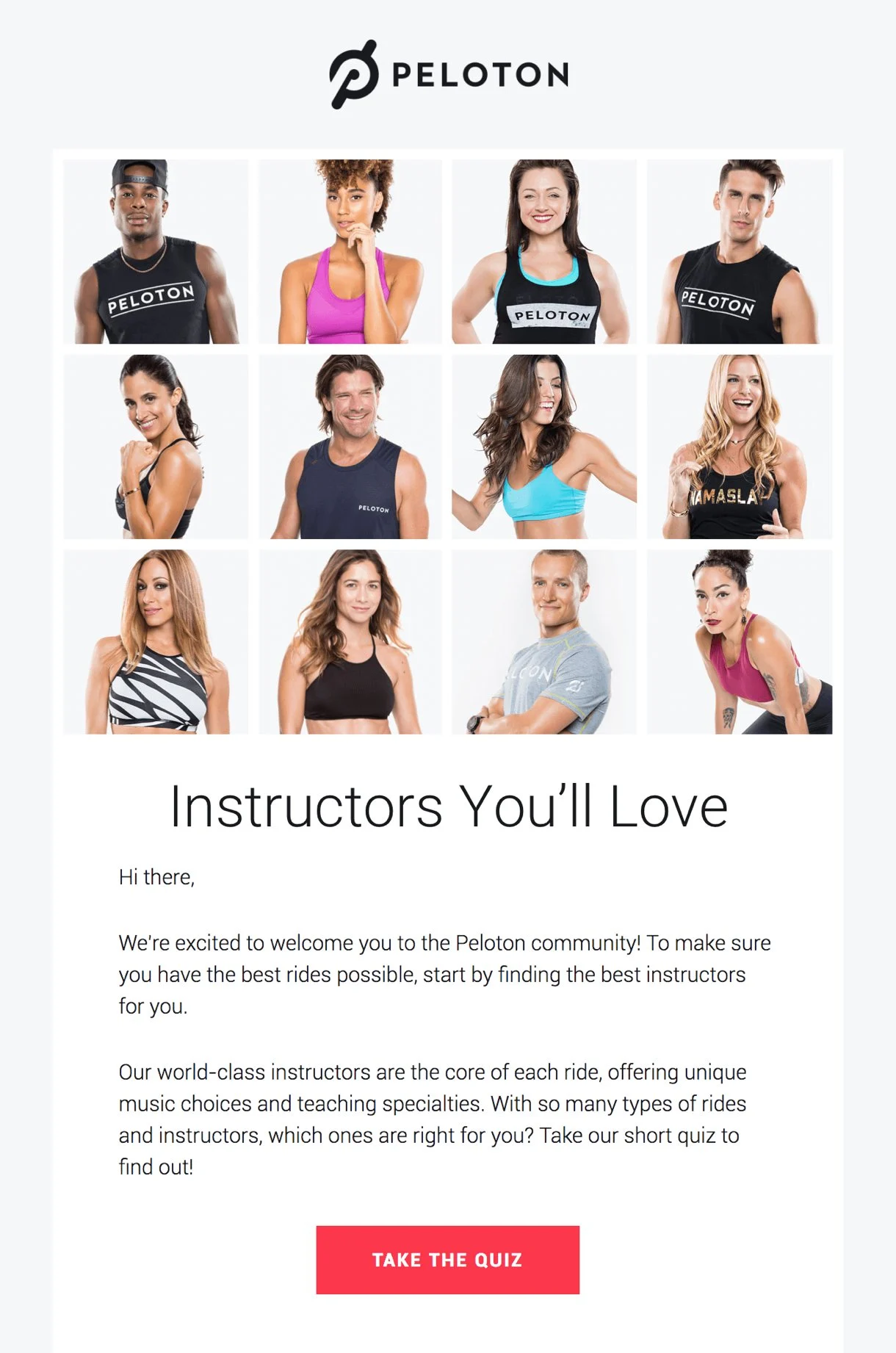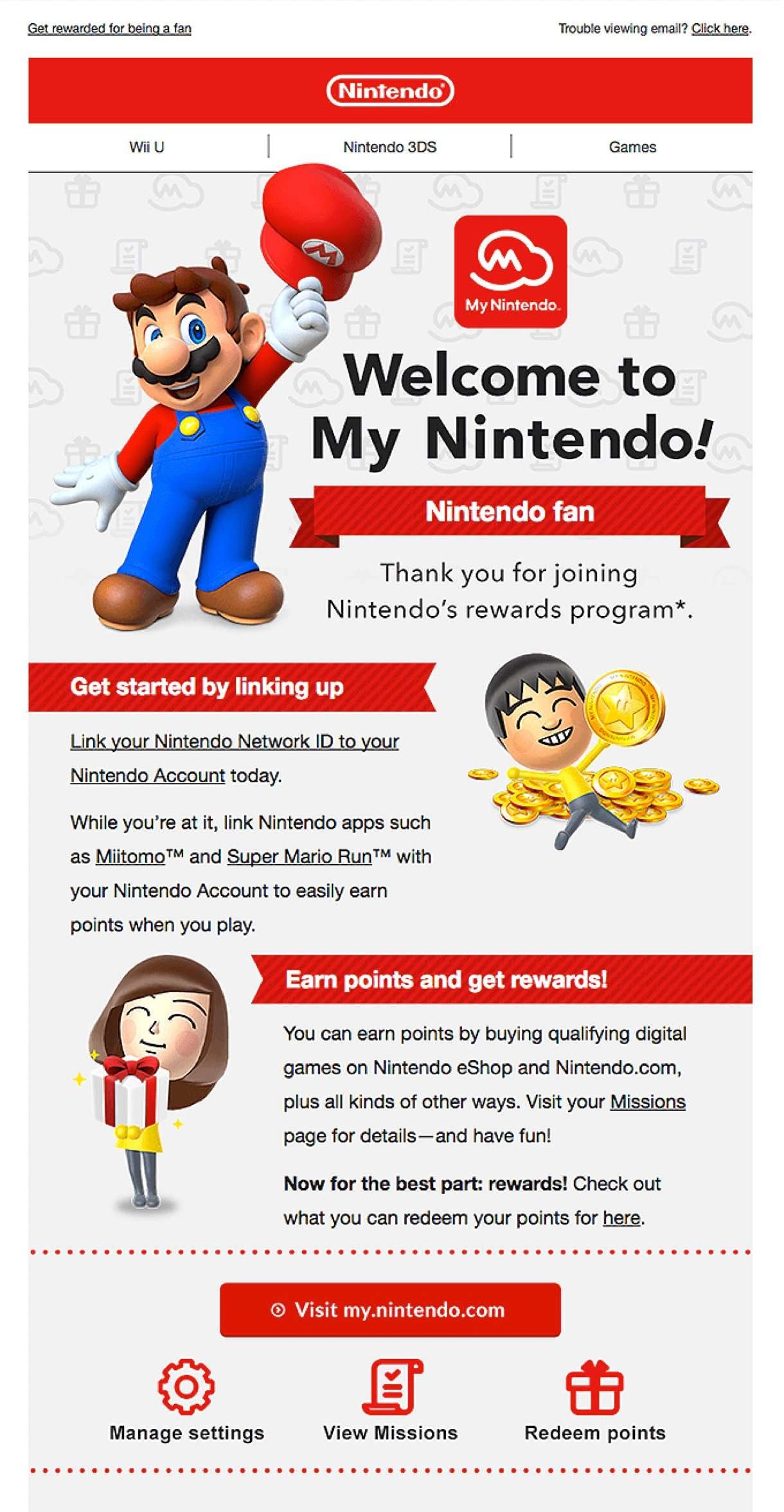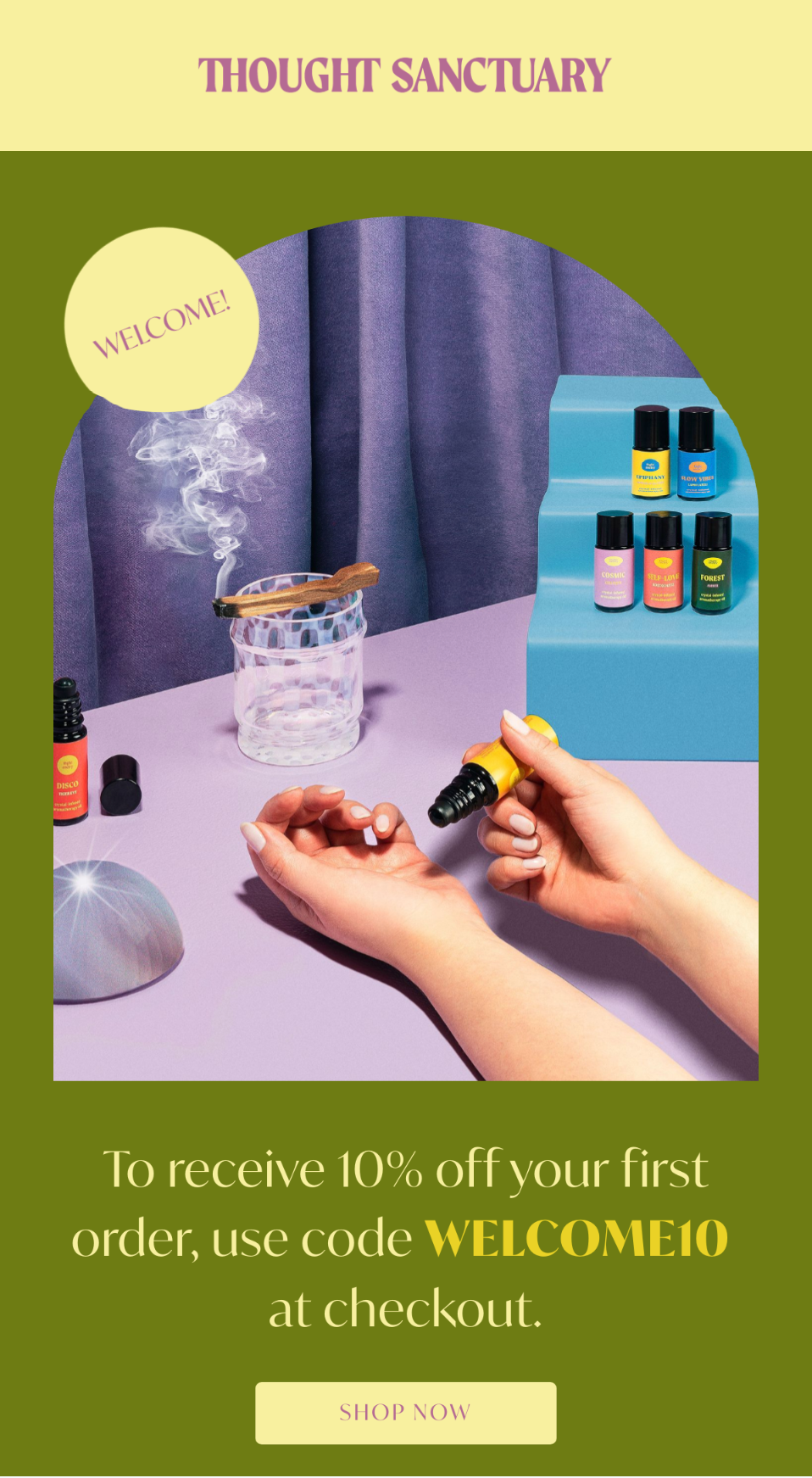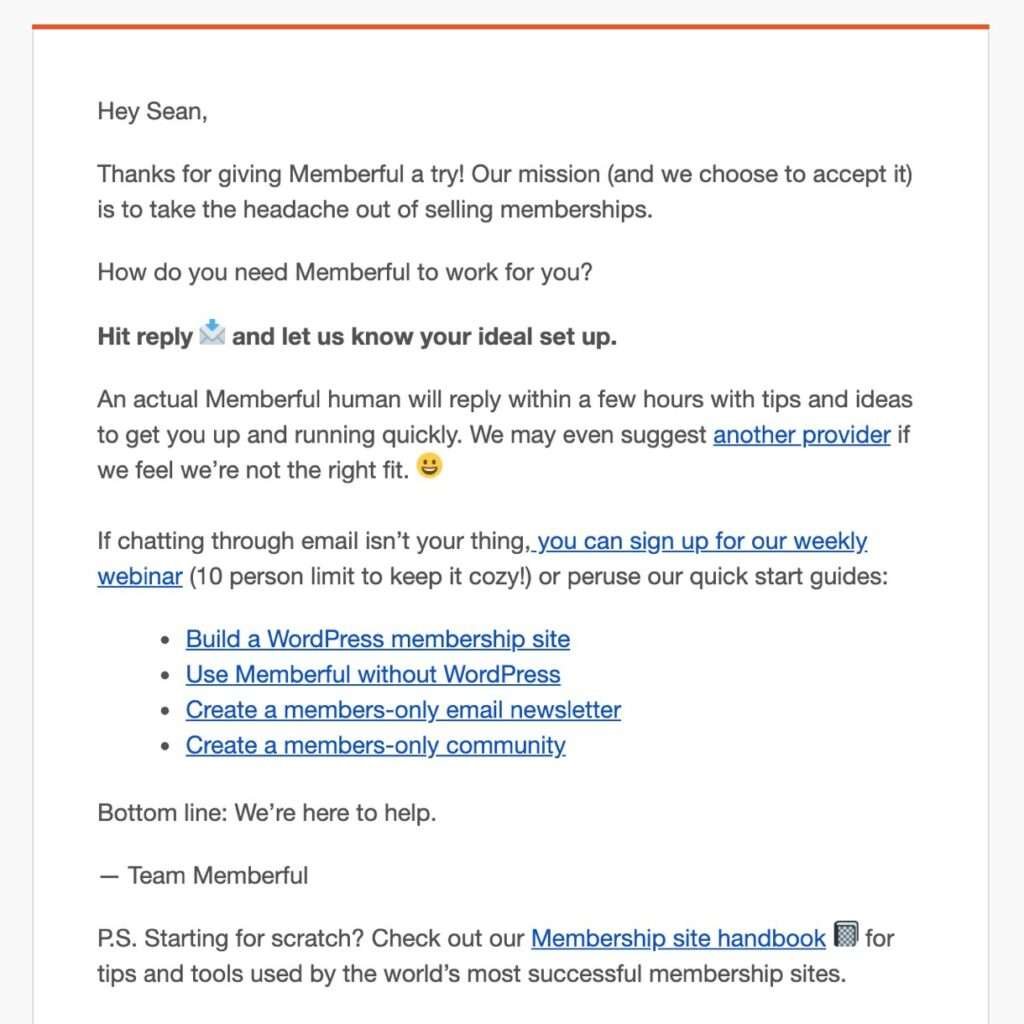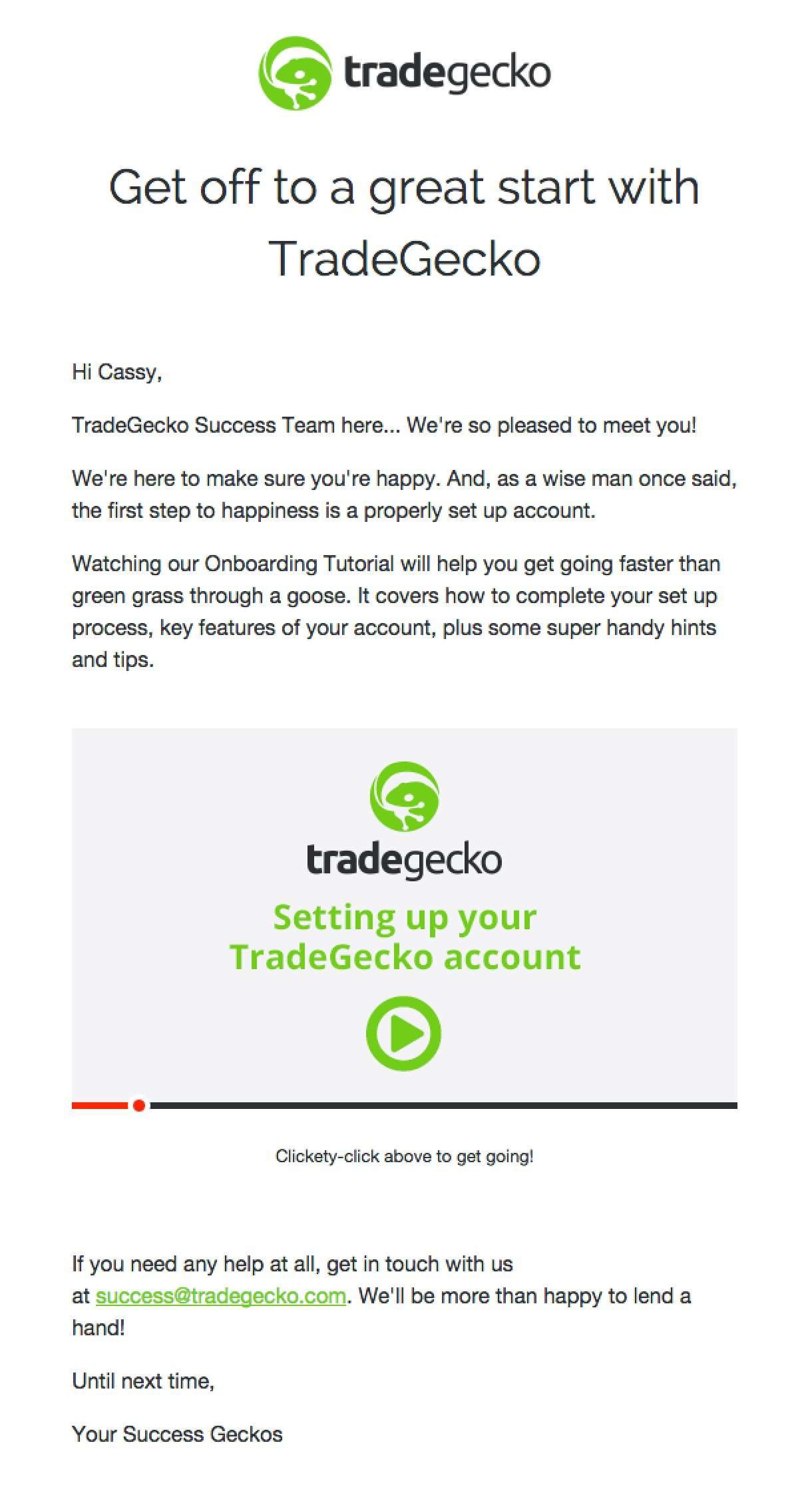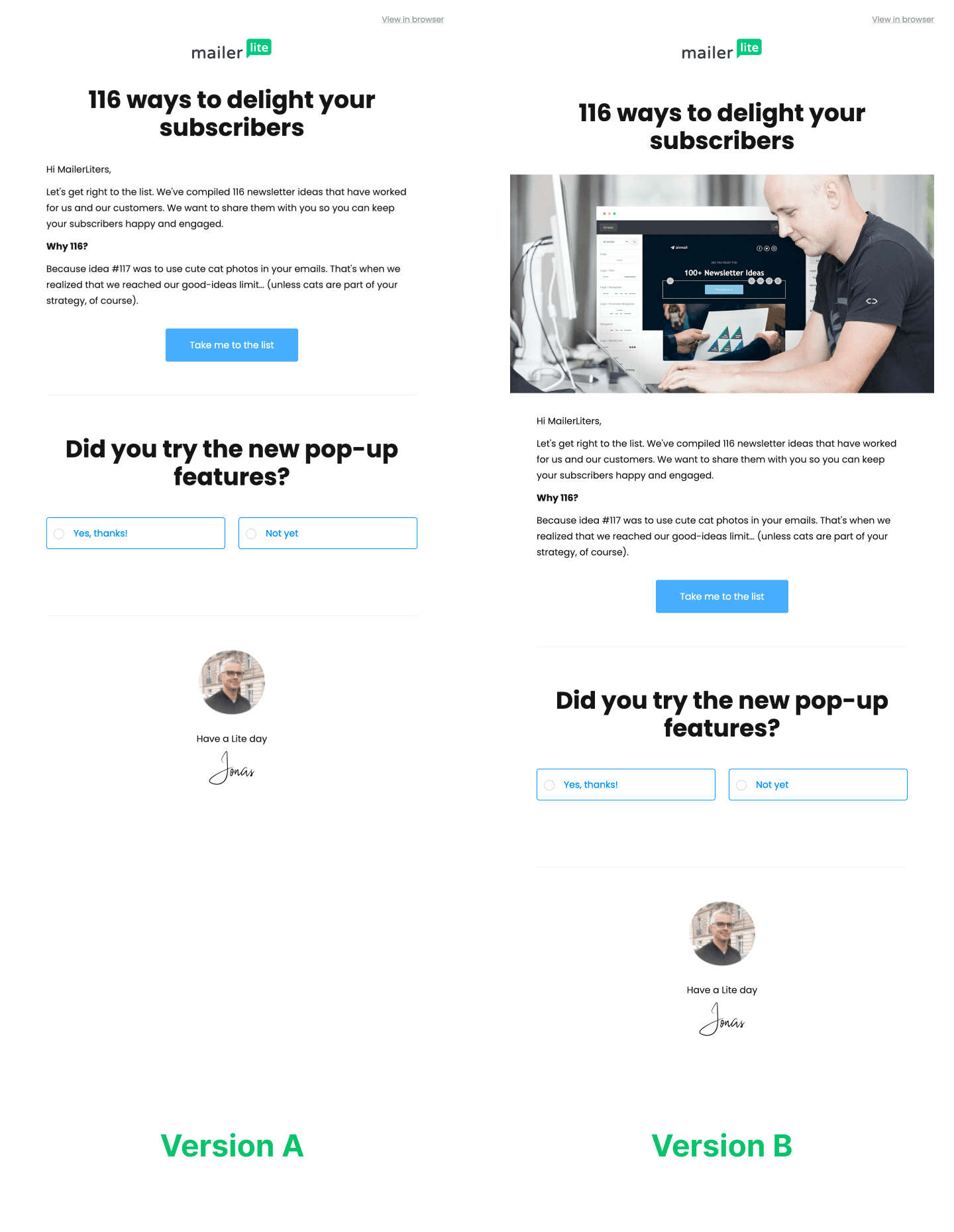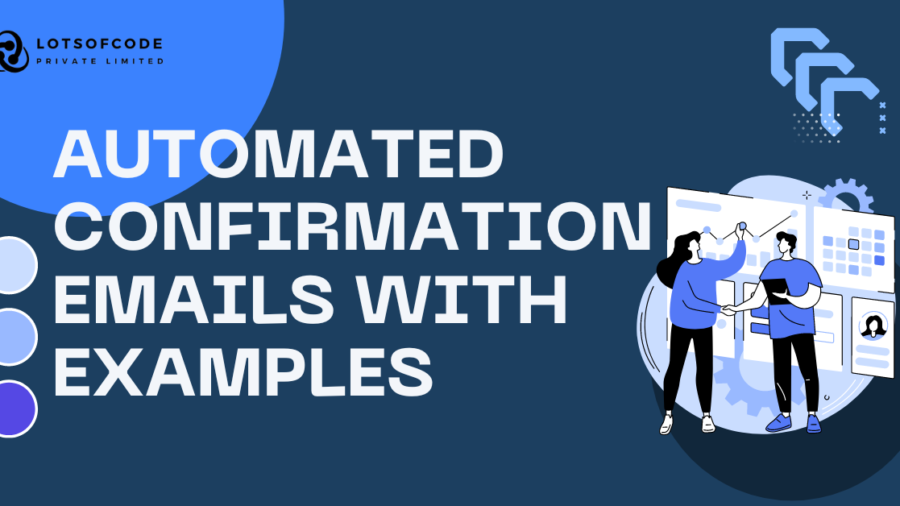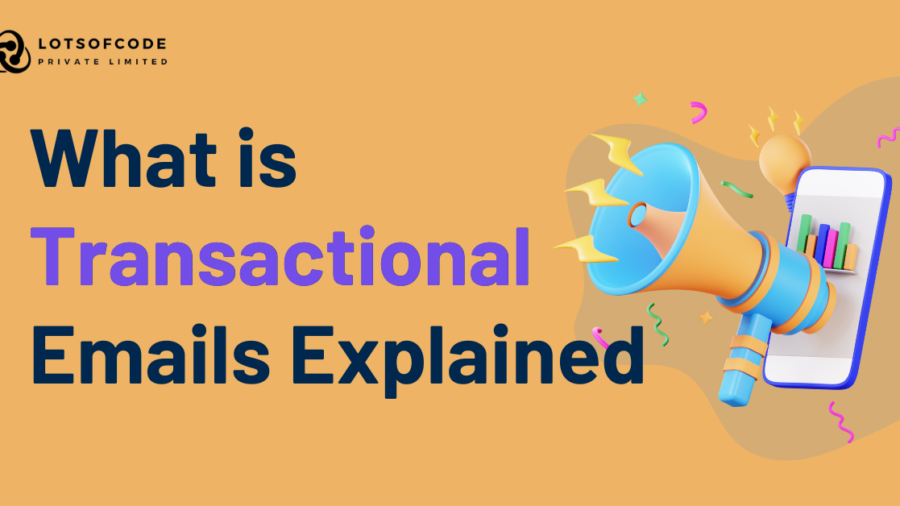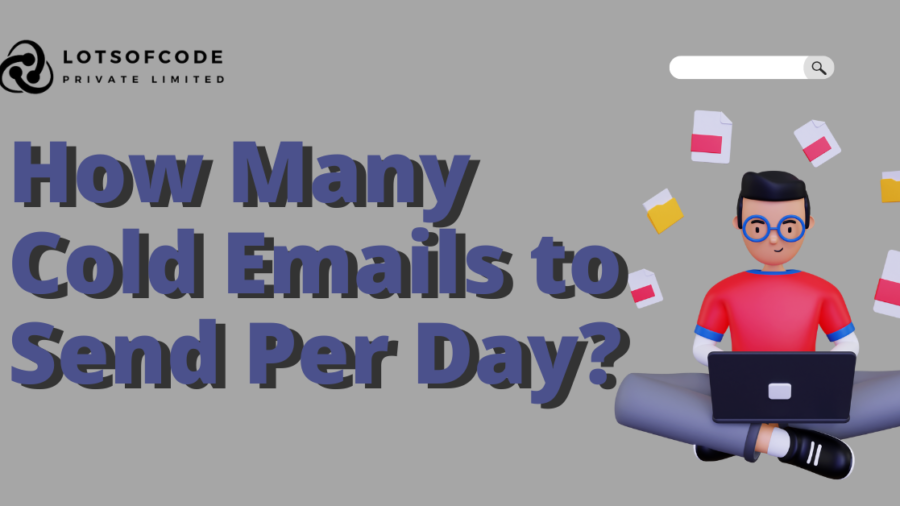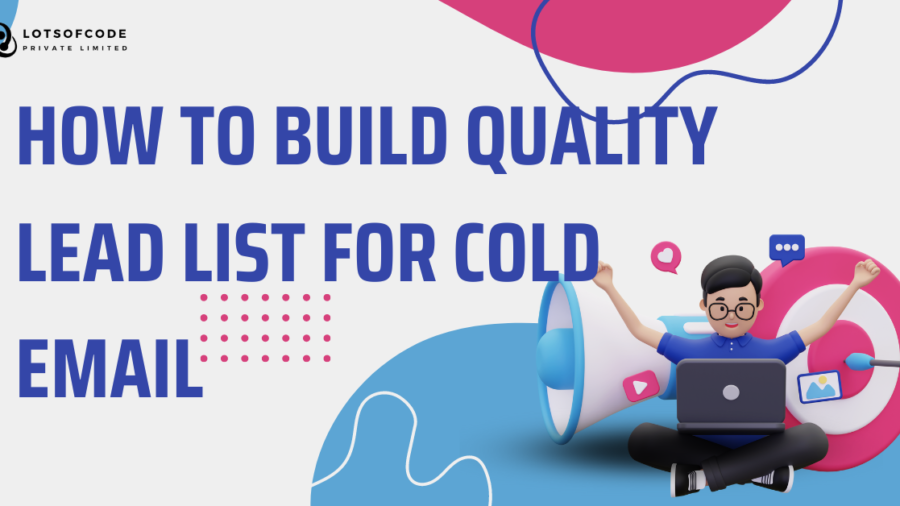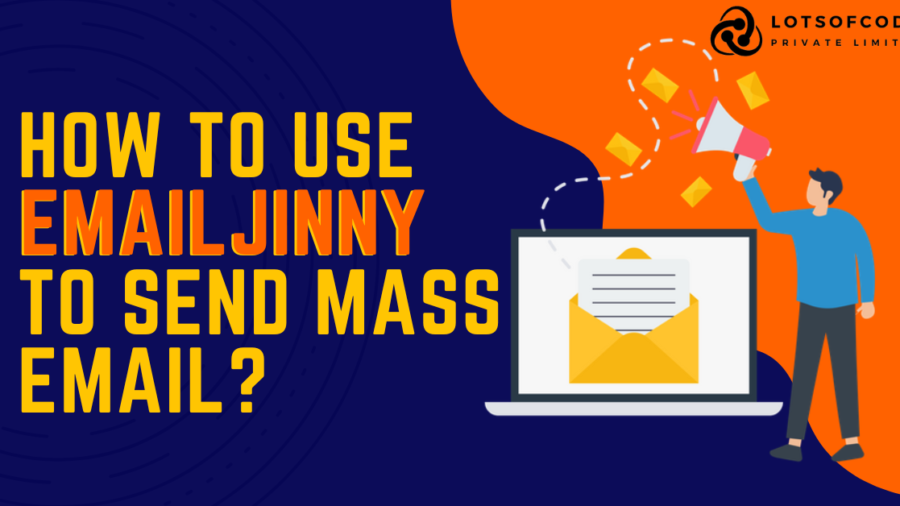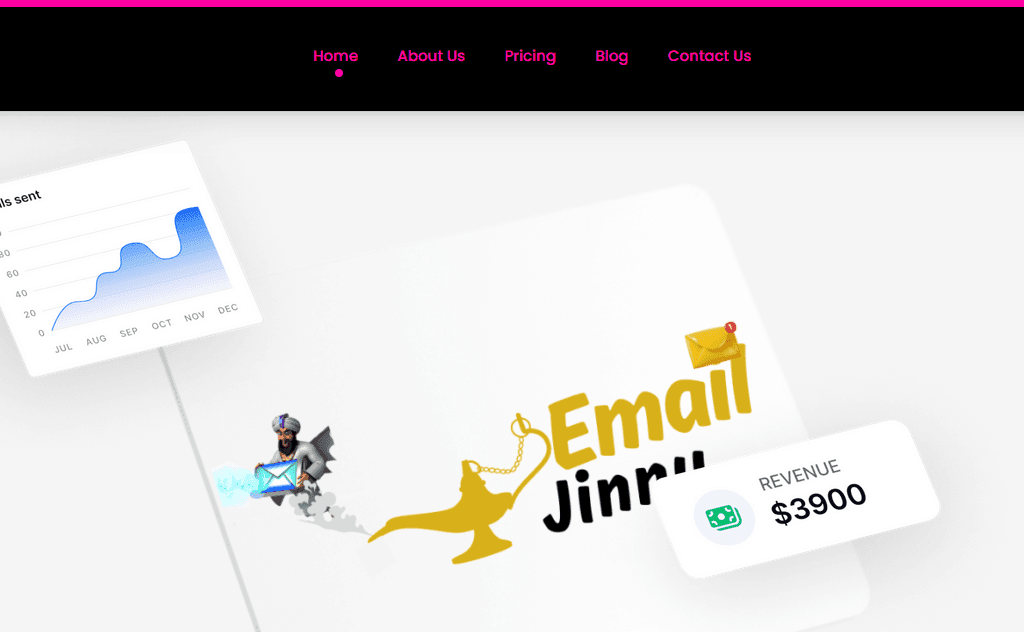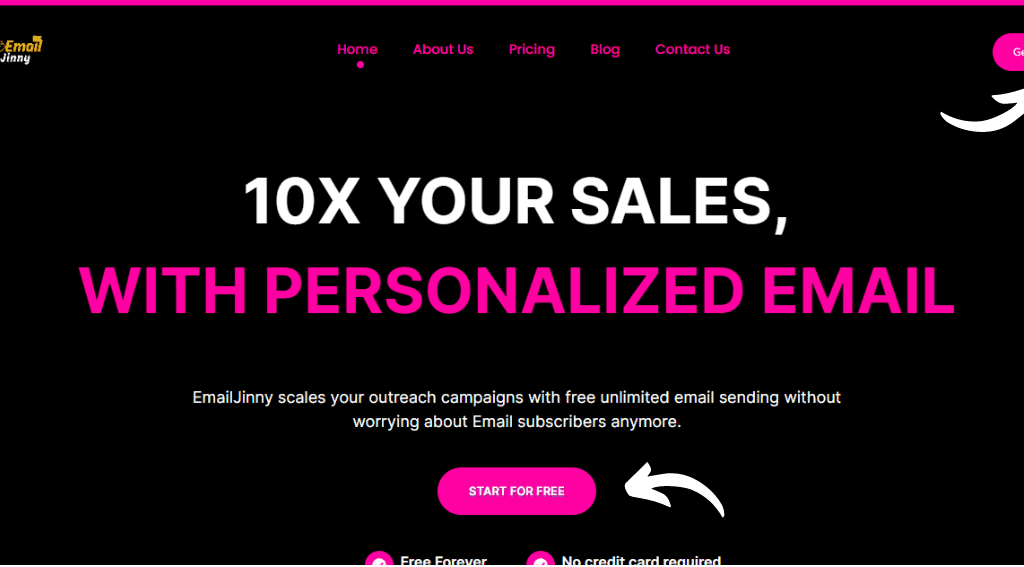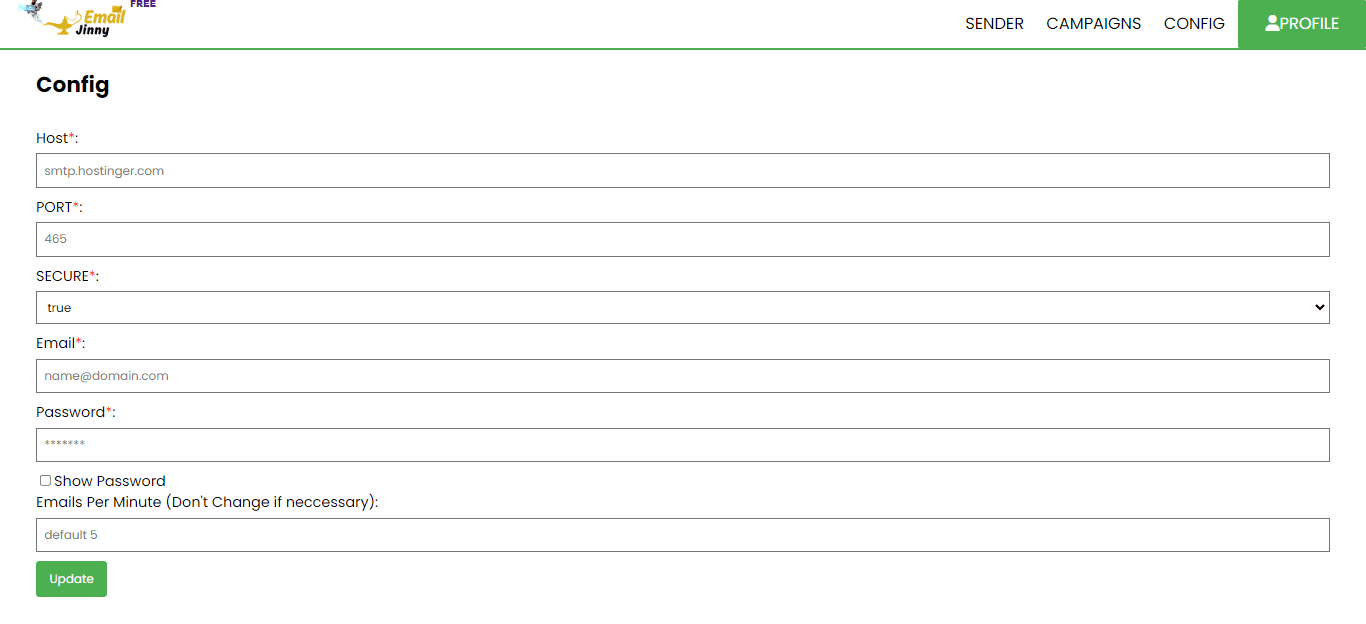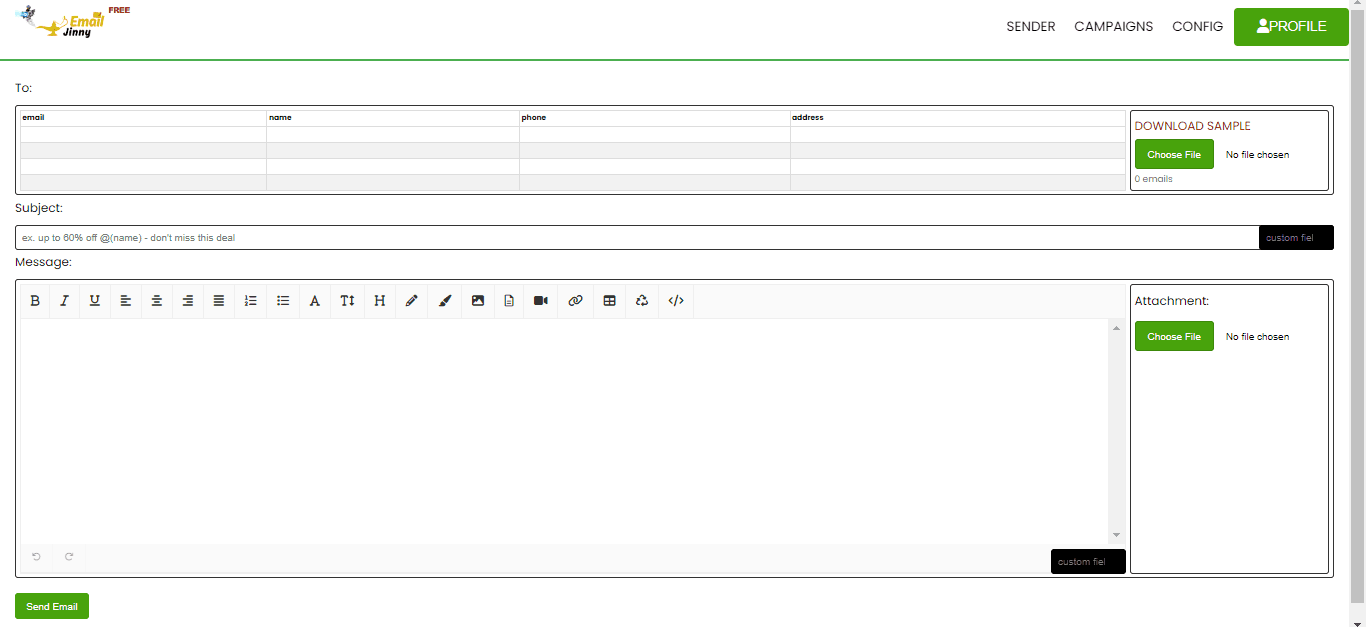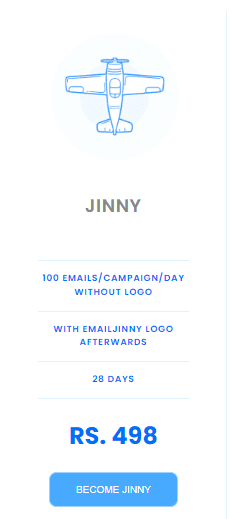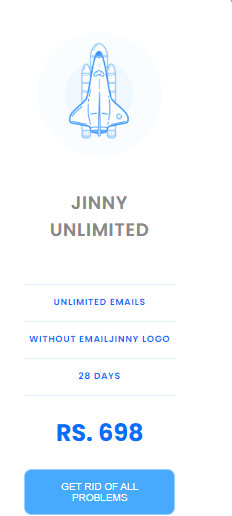Despite the perception that social media is overshadowing email, statistics tell a different story: 86% of US marketers consistently utilize email. In this piece, we’ll delve into the comparison between email marketing and social media and outline strategies for establishing a successful email marketing routine.
Email marketing vs Social media marketing
Email marketing involves promoting products or services through email, while social media marketing operates through social media networks. Given the frequency with which users check their social media feeds, one might assume that social media marketing is a burgeoning goldmine for promoting products and services.
However, according to Marketing Charts, email marketing remains the top marketing tactic, leading the battle between email and social media with a score of 54% versus 43%.
Benefits of email marketing vs social media
Let’s explore other factors that consistently elevate email marketing as one of the top digital marketing tactics year after year:
1. Permission-based: Email marketing operates on the basis of permission, requiring users on your mailing list to confirm their agreement to receive your emails. This demonstrates their familiarity with your brand, and subscribers who are genuinely interested are more likely to engage with your business.
2. High ROI: Email marketing boasts an impressive return on investment, delivering $38 for every $1 spent.
3. Drives sales: Statistics indicate that 60% of users subscribe to emails with the expectation of receiving promotional messages, making email marketing a potent driver of sales.
4. Enables segmentation: Implementing a strategic sign-up approach not only attracts new subscribers but also provides valuable personal data such as names, birthdates, and locations. Email service providers facilitate audience segmentation based on this data, allowing for targeted email campaigns.
5. Allows personalization: Armed with subscriber information, you can tailor your content to align with the preferences of your audience, thereby increasing engagement.
6. Trackable: Email marketing offers comprehensive tracking capabilities, enabling the measurement of campaign effectiveness through various key performance indicators (KPIs) such as delivery rates, open rates, and click-through rates. Additionally, conducting A/B tests on subject lines, images, or CTAs helps identify the most effective strategies for your campaigns.
Given that email marketing continues to be a pivotal tool for businesses, it’s essential to establish a structured email marketing routine to harness these benefits effectively.
Guidelines to successful email marketing
To begin with, ensure that your email marketing strategy is well-crafted by checking off the following steps from your plan:
Set your goals
Ensure that your goals are transparent, attainable, time-bound, and measurable. For instance, if your objective is to re-engage an inactive user through a sales funnel using a re-engagement email campaign, take into account your budget and capabilities, establish deadlines, and determine the metrics for evaluating goal achievement.
Build a mailing list
Collect your email audience by integrating a subscription form onto your website. Strategic marketers position these forms in high-traffic areas such as sidebars, within articles, or in the website footer.
Create an email marketing campaign
Once you’ve assembled your mailing list, proceed to create your marketing campaign. Begin by designing your own email marketing template or utilize a premade template provided by your email service provider.
Incorporate various types of emails into your campaigns, including both business-as-usual and triggered emails. Business-as-usual emails typically feature special offers, sales, discounts, educational content, or announcements.
Triggered emails are often automated and tailored to the user’s stage in the customer lifecycle. These may include welcome emails, milestone emails, abandoned cart emails, transactional emails, and re-engagement emails.
For instance, take a look at a welcome email from Chubbies. The company introduces its team to the users, showcases products the users might enjoy, and encourages them to connect with the company on social media platforms.
Carefully craft your subject lines to capture the reader’s attention while they browse through their inbox previews. Consider segmenting your audience to tailor relevant content for each segment. Review your email marketing calendar to select an enticing topic for your email and develop a compelling call-to-action (CTA) to prompt users to take the desired action.
For instance, Pugdesk leveraged a famous singer’s birthday to provide a discount on their services. The email includes a distinct CTA and a promo code for users to redeem.
Remember about your mobile users
As per the Radicati report, the count of mobile users is on the rise and exhibits no indication of slowing down in the foreseeable future. Therefore, to ensure optimal display of your email template on mobile devices, develop responsive sign-up forms and templates featuring finger-friendly CTAs.
Automate the workflow
To integrate email with other communication channels, leverage the automation feature, which is another edge of email marketing in the comparison between email marketing and social media. This feature allows you to engage your subscribers through email, SMS, and web pushes simultaneously — a capability not possible on social media platforms.
Employ diverse triggers to initiate the automated workflow: user sign-up on your website, completion of a purchase, birthday celebrations, and more.
Having revealed the numerous advantages of email highlighted above, its superiority over social media becomes evident. However, it’s crucial to remember that it’s the strategic balance of both email and social media marketing that can effectively drive sales and expand your reach.



